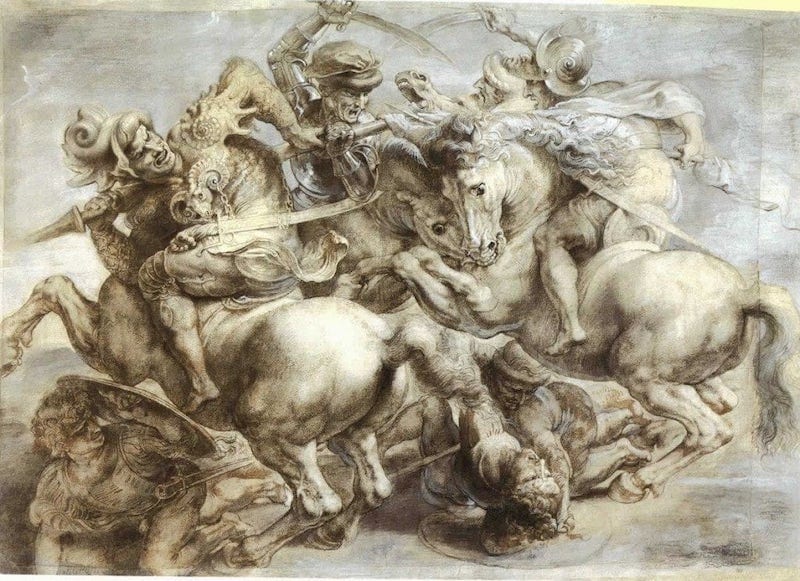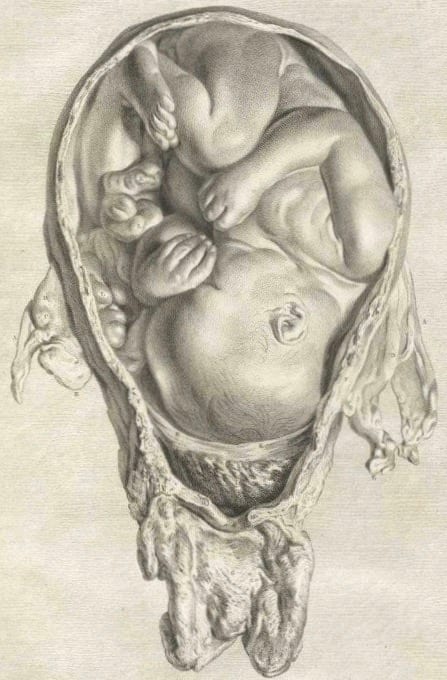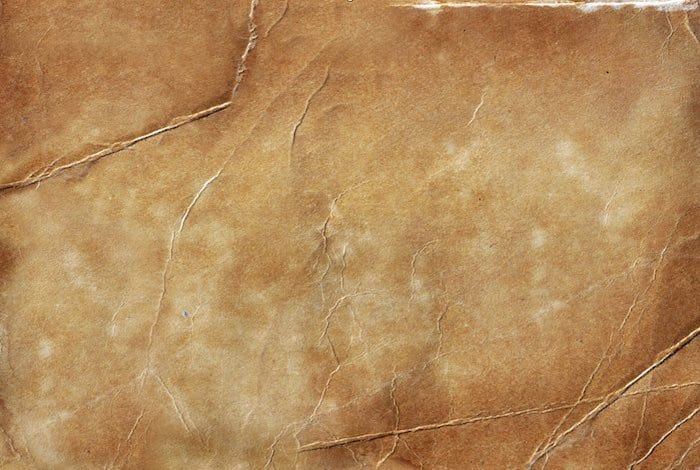Leonardo Da Vinci first Anatomist
Some time ago I came across an online discussion comparing the talents of Leonardo Da Vinci and Michelangelo Buonarotti. Every school child knows that both men are among the greatest of all artists. Yet they were never on friendly terms and the 23 year age gap between them did nothing to diminish their rivalry. Michelangelo, reputed to be a moody character at the best of times, seems to have harbored a strong dislike of Leonardo. In a famous anecdote, Leonardo once asked Michelangelo about the meaning of one of Dante‘s passages, in reply to which the younger man publicly snapped:
Explain it yourself, you who made drawings of a horse in order to cast it in bronze and could not cast it, and out of shame had to abandon it.
Some time around 1505 both men were given the task of painting murals of great Florentine battles for the new Council Chamber of Florence. The two geniuses were to work on opposing walls. This project promised to give to the world a direct comparison of their skills and artistic approaches. To the misfortune of us all, neither of the men finished their proposed work. Leonardo’s was to depict the Florentine-led victory over Milan at ‘The Battle of Anghiari‘.

To even consider ranking the abilities of these masters seems somewhat ridiculous to me. However, my eye was caught by a claim that Michelangelo’s appreciation of anatomy exceeded that of his older rival. This cannot be true. Irrespective of his artistic genius, Da Vinci was quite simply the greatest anatomist in the world at that time.
If we move forwards through time and across space to England we find another great anatomist, the Scotsman William Hunter. He was among the privileged few who first examined a set of anatomical drawings rediscovered in Windsor Castle by the King’s Librarian in 1778. These drawings proved to be the lost works of Leonardo Da Vinci. After reviewing this treasure trove of about 200 drawings of various parts of the human body, William Hunter wrote in awe:
“I expected to see little more than such designs in Anatomy as might be useful to a painter in his own profession. But I saw, and indeed with astonishment, that Leonardo had been a general and deep student. When I consider what pains he has taken upon every part of the body, the superiority of his universal genius, his particular excellence in mechanics and hydraulics, and the attention with which such a man would examine and see objects which he has to draw, I am fully persuaded that Leonardo was the best Anatomist, at that time, in the world… Leonardo was certainly the first man, we know of, who introduced the practice of making anatomical drawings.”
– William Hunter, Two introductory letters. London 1784, pages 37 and 39.
I can only agree with Sherwin Nuland, who mentioned in his book how amazed William Hunter must have been to see Leonardo’s depiction of a fetus in utero, a drawing that resonates with Hunter’s own famous images of 150 years later. This drawing is all the more remarkable given that Leonardo was but an ‘unlettered’ layman and in his day the womb was believed to have seven chambers, not one!

Now, let us return to renaissance Italy and the time of Leonardo Da Vinci. Leonardo’s interest in anatomy almost certainly originated with his pursuit of artistic perfection. However, once Leonardo’s scientific spark had ignited, his work as an artist became something of a chore and a distracting influence. Before Da Vinci, anatomy had barely progressed since the second century teaching’s of Galen whose theory of body humours, handed down via Arab scholars, was still a divine dogma to 16th century healers. However, the mind of Leonardo was not constrained by ancient paradigms. More so than anyone, Leonardo was able to keep his thoughts unfettered by received wisdom and the prejudices of others. As an illegitimate child, Leonardo’s formal education was probably delayed and riddled with gaps in the classical teachings. Indeed, while he excelled in speech and writing using “the vulgar tongue” (Italian), he was never especially adept in classical Latin or Greek. These “deficiencies” may have helped to shield him from indoctrination with the false dogmas of old masters. Irrespective of the whys and wherefores, Da Vinci went onto gain an unprecedented understanding of the form and function of the human body.
Anyone who in discussion relies upon authority uses not his understanding but his memory.
Those who study the ancients and not the works of Nature are stepsons and not sons of Nature, the mother of all good authors.
The grandest of all books, I mean the Universe, stands open before our eyes.
Leonardo Da Vinci
Leonardo’s achievements in anatomy are surprising when you consider that that he was a vegetarian whose concern for life meant that he never vivisected even a single living animal! His profound knowledge of anatomy was the prize won from the dissection of over 30 human cadavers ranging in age from 2 years to about 100 years old. Without embalming techniques Leonardo had to dissect at speed under the harsh conditions imposed by long nights with the decomposing dead. He made drawings by direct observation of the cadavers. He emphasized realism, showed depth and related structure to function. He developed techniques to convey information through his drawings using cross-sections and multiple angles. Remarkably, centuries would pass before anatomical drawings became accepted as crucial for learning anatomy – indeed in his review of the 1858 first edition of ‘Gray’s Anatomy‘, Oliver Wendell Holmes actually criticized the book for including drawings.
Among Leonardo’s countless achievements in anatomy were:
- the deduction of the hierarchical structure of the nervous system, with the brain as a command center.
- the deduction that it was the retina of the eye that was sensitive to light, not the lens as previously believed. He learned to dissect the fragile structures of the eye by inventing new methods that involved sectioning the eye after it had been fixed by heating in egg whites.
- discovering the lesions of atherosclerosis and their possible role in obstruction of the coronary arteries. Even more remarkably, he presciently attributed these lesions to an “overabundance of nourishment” from the blood.
- the identification of the heart as muscle and speculations on the origin of body heat and the heart’s activity. He also discovered that the arterial pulse corresponds to ventricular contraction and that the ventricle shortens during contraction.
- the development of an understanding of mechanics by replacing muscles with wires. This allowed him to foreshadow Sherrington’s theory of reciprocal innervation of antagonistic muscles working across joints in complementary fashion. He was also able to work out specific actions such as that of biceps brachii, which he showed not only flexes the elbow but also supinates the hand through its twisting action on the ulna.
- working out that the tumescent penis becomes erect by filling with arterial blood, rather than air as previously supposed.
- being the first to state that the mother’s contribution to the inherited characteristics of the fetus are equal to that of the father.
According to Nuland, one of Leonardo’s most impressive discoveries concerned the obscure topic of how aortic valves close. He determined that the aortic valves close while the ventricle is still contracted. This occurred because of the pressure created by eddy currents generated by the effect of the sinuses of Valsalva on blood flow through the proximal aorta. Leonardo elegantly demonstrated this using a model of the proximal aorta and ventricular outflow tract through which he allowed water containing millet to flow; the millet allowed visualization of the patterns of current and turbulence created in the flowing fluid. The rest of the world had to wait over 400 years, until 1969, for this ingeniously worked-out theory to be conclusively proven and (re)discovered using dye and cineradiography methods.
Despite these triumphs, Leonardo was by no means correct about everything he studied. Some of his errors and misconceptions included:
- trying in vain to elucidate why visual objects are not seen upside down given the the lens-retina arrangement of the eye. Leonardo could never have imagined the complex neural processing in the brain that is now thought to mediate this process.
- thinking that two tubes passed through the penis. In doing so, Leonardo perpetuated the traditional belief that the spinal cord was the source of semen.
- believing that the optic disk (the “blind spot” of the eye) was chiefly responsible for vision.
- the idea that the cerebral ventricles were “the seat of the soul”.
- failing to realize that veins return blood to the heart and only the arteries conduct blood from the heart to the peripheries.
Yet because Leonardo relied on making meticulous observations and conducting tests (perhaps best described as experiments), he had an impressive capacity to correct himself and allow his knowledge to grow. Indeed later in life Leonardo renounced his erroneous view that semen originated in the spinal cord and correctly claimed that sperm originated in the testes and was then stored in the seminal vesicles prior to ejaculation.
Leonardo Da Vinci’s remarkable body of anatomical work leads us to ask: why is it that we remember Andreas Vesalius as the father of anatomy? Vesalius is certainly worthy of the honour – his master work, De humani corporis fabrica (1543), is a beautiful piece of scientific and artistic consilience. It is thanks to his example and teachings that the dissection of human cadavers became the established means of learning about the human body. Prior to Vesalius the anatomy knowledge of physicians was rudimentary and overshadowed by the theory of body humours and the anatomy teachings of Galen, a man who had never dissected a single cadaver. Yet, despite Vesalius’ great work Da Vinci, who had preceded him, had achieved even more. The great tragedy is that Leonardo never disseminated any of his great discoveries.
But why did Leonardo not tell the world? Part of the reason may be that Leonardo felt it was enough for only himself to know. However, comments in his notebooks suggest that he had ongoing plans to spread his knowledge to others. It may simply be that his incredible thirst for knowledge, together with the tyranny of time, prevented him from ever systematically collating his learnings. Da Vinci also stood in the shadow of the very real danger of persecution by the Church, and indeed the Church’s disapproval of human dissection was a major reason why Leonardo’s career as a dissecting anatomist was curtailed. Finally, after Leonardo’s death the cryptic nature of his notebooks, and their inevitable fragmentation, meant it was centuries before Leonardo’s anatomical genius could be appreciated by others.
I finish with the words of Leonardo that form the introduction to his anatomical notebooks:
I wish to work miracles; it may be that I shall possess less than other men of more peaceful lives, or than those who want to grow rich in a day. I may live for a long time in great poverty, as always happens, and to all eternity will happen, to alchemists, the would-be creators of gold and silver, and to engineers who would have dead water stir itself into life and perpetual motion, and to those supreme fools, the necromancer and the enchanter.
And you, who say that it would be better to watch an anatomist at work than to see these drawings, you would be right, if it were possible to observe all the things which are demonstrated in such drawings in a single figure, in which you, with all your cleverness, will not see nor obtain knowledge of more than some few veins, to obtain a true and perfect knowledge of which I have dissected more than ten human bodies, destroying all the other members, and removing the very minutest particles of the flesh by which these veins are surrounded, without causing them to bleed, excepting the insensible bleeding of the capillary veins; and as one single body would not last so long, since it was necessary to proceed with several bodies by degrees, until I came to an end and had a complete knowledge; this I repeated twice, to learn the differences.
And if you should have a love for such things you might be prevented by loathing, and if that did not prevent you, you might be deterred by the fear of living in the night hours in the company of those corpses, quartered and flayed and horrible to see. And if this did not prevent you, perhaps you might not be able to draw so well as is necessary for such a demonstration; or, if you had the skill in drawing, it might not be combined with knowledge of perspective; and if it were so, you might not understand the methods of geometrical demonstration and the method of the calculation of forces and of the strength of the muscles; patience also may be wanting, so that you lack perseverance. As to whether all these things were found in me or not, the hundred and twenty books composed by me will give verdict Yes or No. In these I have been hindered neither by avarice nor negligence, but simply by want of time. Farewell.
Notebooks of Leonardo Da Vinci
References and links
- Sherwin B. Nuland’s short biography, Leonardo Da Vinci, is a superb introduction to the life of Da Vinci (apart from a few Freudian speculations). Nuland particularly emphasises Da Vinci’s contributions to anatomy and biology. My writing is largely a retelling of the notes I compiled while reading the book.
- Project Gutenberg’s Notebooks of Leonardo Da Vinci
- Artcyclopedia’s Leonardo Da Vinci
- Universal Leonardo
- The Royal Collection. Leonado, Anatomist.

eponymictionary
the names behind the name
Chris is an Intensivist and ECMO specialist at The Alfred ICU, where he is Deputy Director (Education). He is a Clinical Adjunct Associate Professor at Monash University, the Lead for the Clinician Educator Incubator programme, and a CICM First Part Examiner.
He is an internationally recognised Clinician Educator with a passion for helping clinicians learn and for improving the clinical performance of individuals and collectives. He was one of the founders of the FOAM movement (Free Open-Access Medical education) has been recognised for his contributions to education with awards from ANZICS, ANZAHPE, and ACEM.
His one great achievement is being the father of three amazing children.
On Bluesky, he is @precordialthump.bsky.social and on the site that Elon has screwed up, he is @precordialthump.
| INTENSIVE | RAGE | Resuscitology | SMACC

